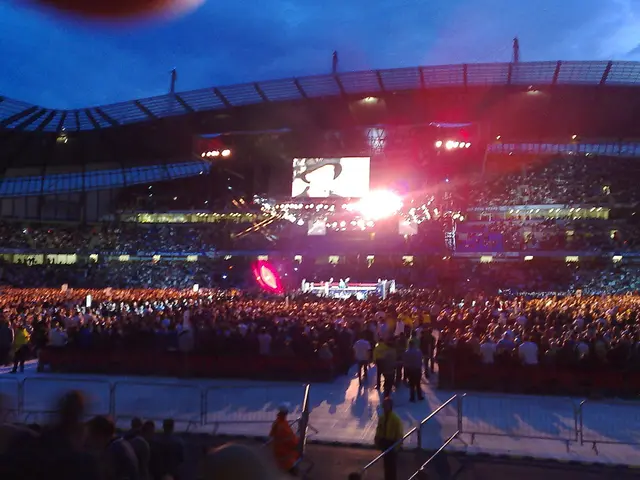guide for selecting optimal greenhouses
For small garden enthusiasts looking to expand their growing space, a greenhouse can be a valuable addition. With numerous options available, selecting the right one requires careful consideration of key factors.
Size is a crucial aspect when choosing a greenhouse. Mini greenhouses, typically measuring around 4x6 feet, are ideal for small spaces and beginners. They are perfect for starting seeds, herbs, and seedlings. For those aiming to grow full-sized crops or requiring more storage, walk-in greenhouses (6x8 feet and larger) are a better choice. However, they demand more space [1].
The shape and type of greenhouse also play a significant role. Mini greenhouses are often shelf-sized or small tunnel structures, suitable for limited spaces and simple use. Lean-to greenhouses, which attach to a house or garage wall, save space and benefit from shared heating and easy access to utilities. Walk-in greenhouses offer more growing room and comfort for serious gardeners [1][2].
Materials and glazing are essential considerations. Common glazing materials include glass, polycarbonate, and polyethylene plastic. Polycarbonate and polyethylene are lighter, provide good insulation, and are cost-effective for small greenhouses. Glass offers clarity and durability but is heavier and more expensive. Toughened glass, while more expensive, is a better option in high-traffic areas or if you have kids, as it shatters more safely [1][4].
Proper ventilation is vital to prevent overheating and humidity buildup, which can harm plants. Consider designs with adjustable vents or natural passive ventilation using airflow principles to maintain temperature and air quality. Shade cloths can also mitigate heat on hot days by filtering sunlight [3][4].
Floor type is another factor to consider. Concrete floors with embedded dark aggregates can act as thermal mass, absorbing heat during the day and releasing it at night to stabilize temperature. Alternatives like gravel or soil floors aid drainage but offer less heat retention [4].
Additional considerations include location choice, incorporating shelves and benches to maximize vertical space, and planning for irrigation. It's important to avoid placing the greenhouse under trees, which may cause excessive shade or physical damage from falling limbs.
Some popular greenhouse models include the Elite Kensington Wide Lean To, the Outsunny Tunnel Greenhouse, the Premium Poly Tunnel, Timber greenhouses, the Tommen 8ft x 7ft Greenhouse, the Halls Atrium Greenhouse, and the Garden Grow Premium Portable 12 Shelf Greenhouse & Cover. Each offers unique features tailored to different needs and budgets [1][3][4].
In summary, the best greenhouse for a small garden balances available space, desired plant types, and budget. A compact, well-ventilated structure with suitable glazing and thermal mass flooring will optimize plant growth while being manageable for a small garden setup [1][3][4].
A mini greenhouse, given its size around 4x6 feet and simple design, is ideal for small spaces and beginners in gardening, providing an excellent space for starting seeds, herbs, and seedlings. For those aiming to grow full-sized crops or require more storage, home-and-garden enthusiasts might consider a walk-in greenhouse for their home-and-garden lifestyle, as these greenhouses, measuring 6x8 feet and larger, can provide more growing room compared to their mini counterparts.




